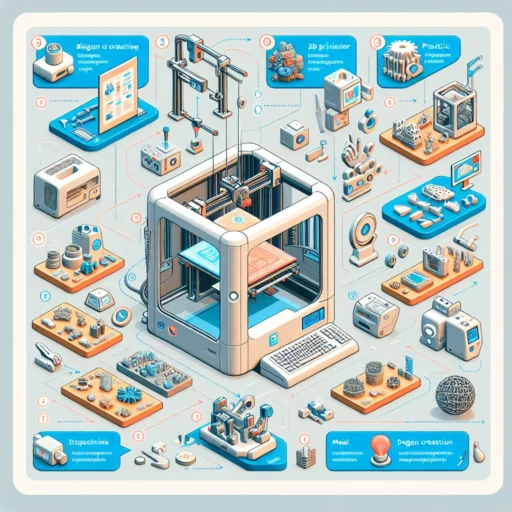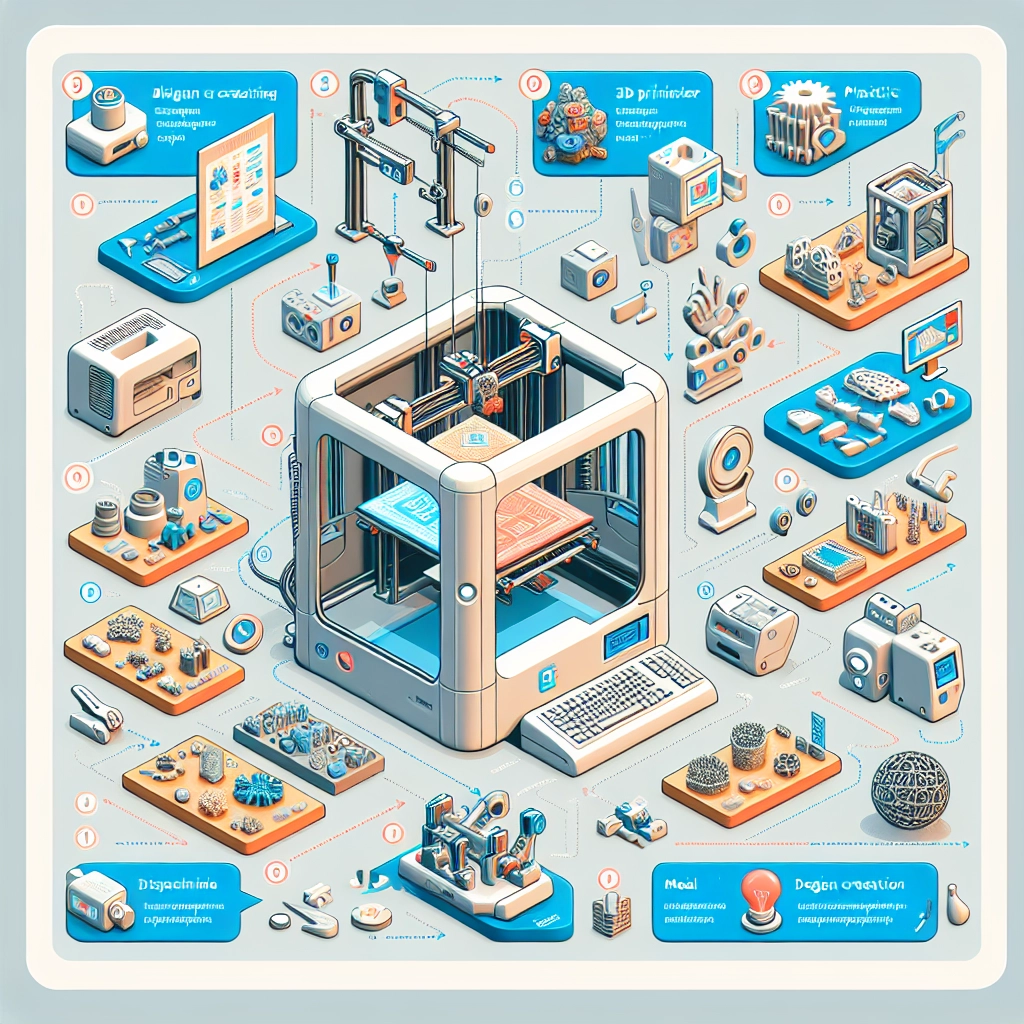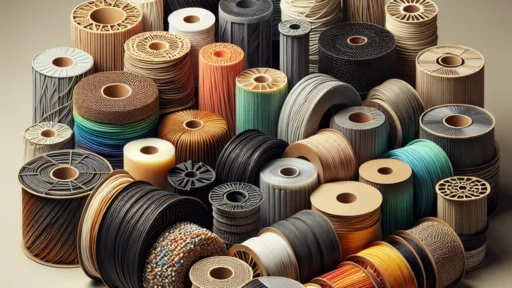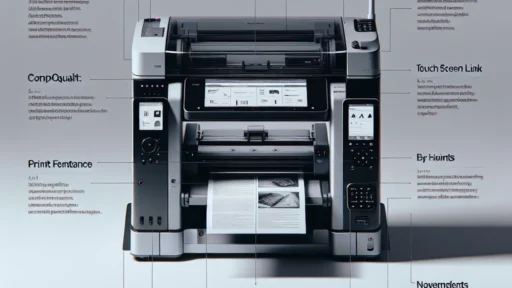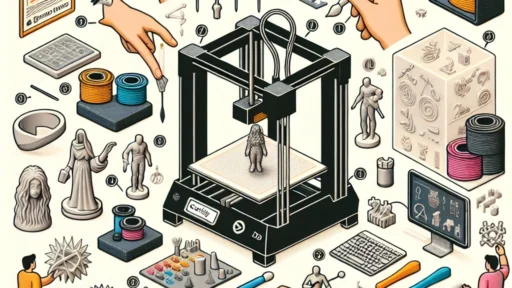Understanding 3D Printing Technology: A Beginner’s Guide
In the ever-evolving world of technology, few innovations have made as much of a splash as 3D printing. Whether you’ve heard the term floating around or stumbled upon impressive videos of machines crafting intricate designs, it can seem daunting. But fear not! Today, we’re diving into the basics of 3D printing and why it might just be the coolest tech you’ve yet to explore.
What is 3D Printing?
At its core, 3D printing, or additive manufacturing, is a process of creating three-dimensional objects from a digital file. Unlike traditional subtractive manufacturing—which involves cutting away material from a solid block to shape an item—3D printing builds objects layer by layer. Imagine a machine carefully stacking thin sheets of material on top of one another until a fully formed product emerges. Pretty neat, right?
How Does It Work?
The process begins with creating a 3D model. This can be done using Computer-Aided Design (CAD) software, or you can find pre-made models online on various platforms. Once you have your digital design ready, it’s time to prepare it for printing. This is often done by slicing software that divides the model into layers and generates the G-code, which is a language that tells the printer how to move.
Once the file is ready, it gets sent to a 3D printer, which begins working its magic. Depending on the printer, various materials can be used, including plastics, metals, and even food! Each layer is deposited, often heated to the point of melting, and solidifies as it cools, creating a tangible object that can be anything from a simple spoon to complex machine parts.
Types of 3D Printing Technologies
There’s more than one flavor of 3D printing technology, and understanding the differences can help you choose the right one for your project. Here’s a quick rundown of the three most common types:
-
Fused Deposition Modeling (FDM): This is the most widely used method, especially among hobbyists. It works by extruding melted thermoplastic filament through a nozzle, laying it down in layers. It’s affordable and user-friendly, making it a great choice for beginners.
-
Stereolithography (SLA): SLA uses a UV laser to cure liquid resin into solid plastic. It produces highly detailed and smoother finishes compared to FDM, but it can be a bit pricier. This is often used for jewelry and prototypes that require precision.
-
Selective Laser Sintering (SLS): SLS uses a laser to fuse powder particles together. It can produce complex geometries and doesn’t need support structures, which can often save time and materials. It’s frequently used in industrial applications but can be accessible for serious hobbyists too.
Applications of 3D Printing
One of the most exciting aspects of 3D printing is its versatility. It’s already making waves across various industries. For instance, in healthcare, 3D printing is revolutionizing prosthetics, allowing for custom-fitted solutions that are less expensive and faster to produce. In education, students are crafting prototypes and engaging with hands-on learning in engineering and design.
You can also find 3D printing cutting its way into the fashion world, with designers creating unique fabrics and accessories, and aerospace companies are using it to create lightweight components. Even culinary artists are using 3D printers to create intricate desserts! The possibilities seem almost endless.
Getting Started with 3D Printing
So, you’re probably wondering, “How do I begin?” Start small! If you’re interested in printing at home, you can invest in an entry-level FDM printer, which can range from a few hundred to a couple of thousand dollars depending on the features. There are plenty of online communities where beginners can find support, troubleshoot common issues, and share designs.
If owning a printer isn’t quite right for you, check out local makerspaces or 3D printing services that allow you to submit your designs and have them printed for a fee. This is a great way to experiment without committing to a purchase right away.
Why You Should Care
As more people dive into this technology, we see how it empowers creativity and innovation. Whether you’re a DIY enthusiast, an artist, or simply someone curious about new tech, 3D printing is a gateway to creating tangible products from your imagination. It’s about bringing ideas to life in ways that were once confined to the realm of science fiction.
In a world where innovation drives our progress, understanding and leveraging 3D printing can set you apart. Not only do you get to experiment with a cutting-edge technology, but you also uncover a path to making your ideas a reality. So why not take the plunge? Get inspired, get creating, and see what unique things you can come up with—your innovations are waiting to take shape!


